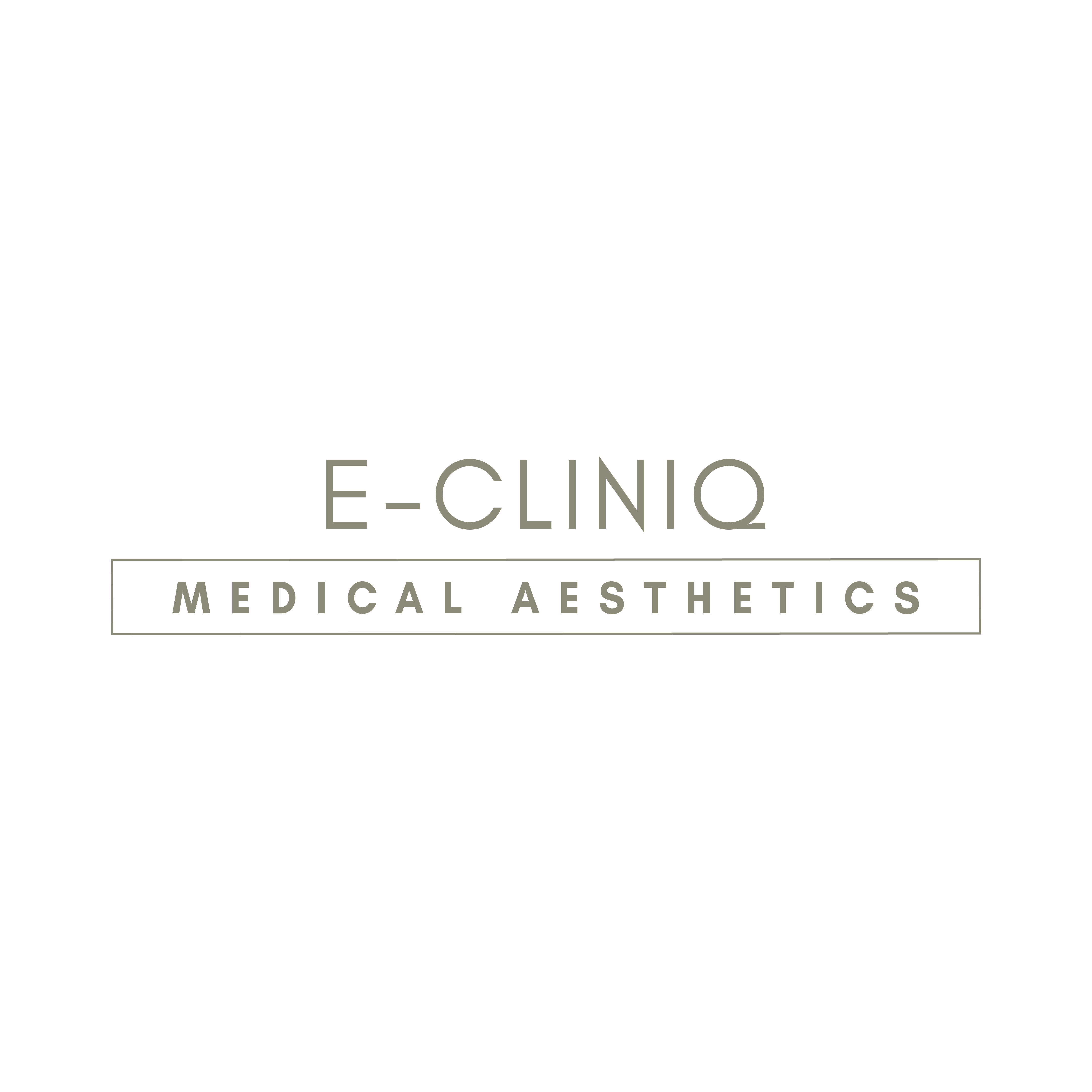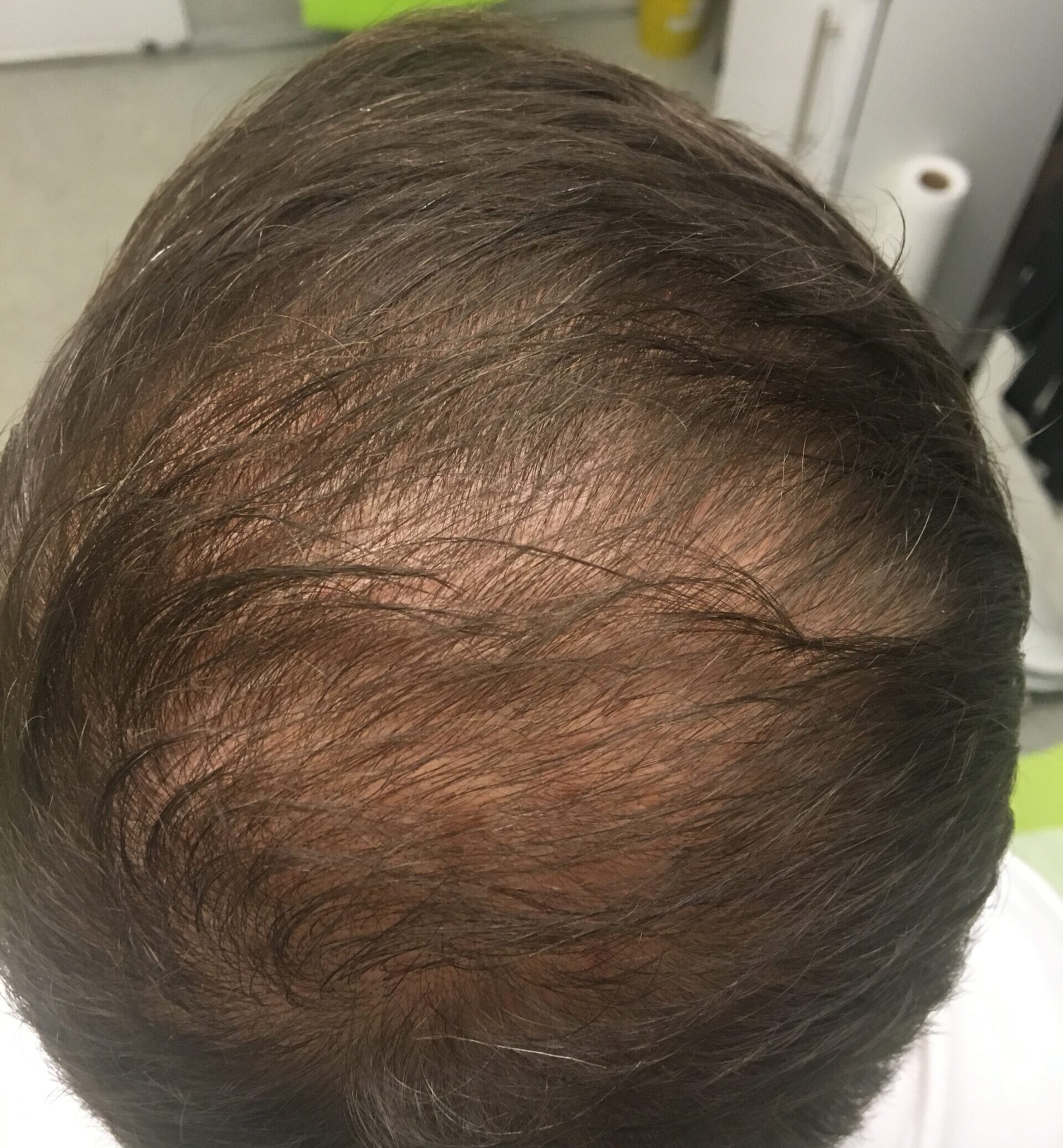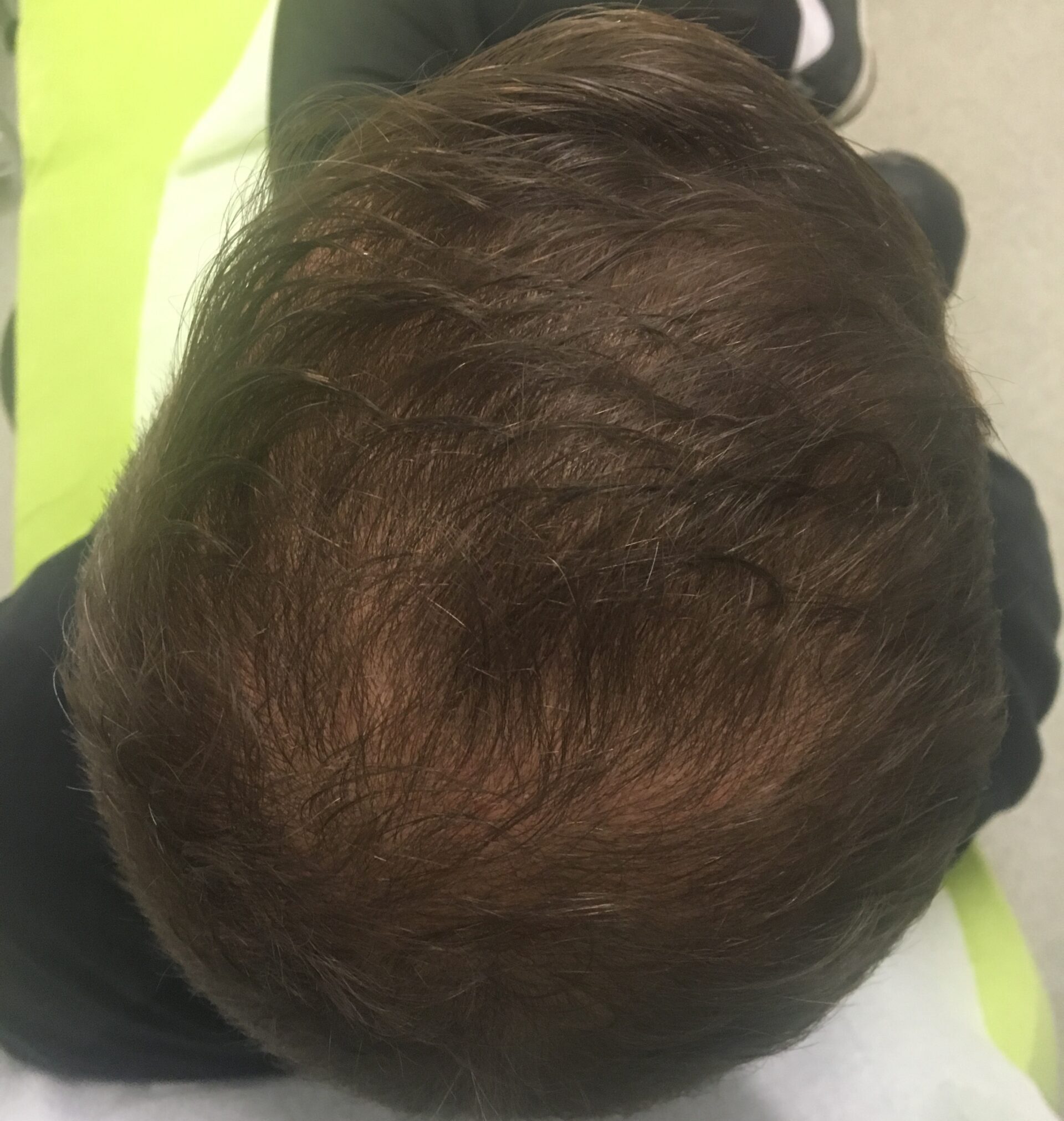At E-Cliniq Medical, we are proud to use injectable products of the highest quality to improve the appearance of the skin and facial lines. In our clinic, we choose our products based on research, studies and evidence-based medicine and purchase them from UK Pharmacies.
Prior to receiving any cosmetic injections, you will be offered a complementary consultation with our medical practitioner, who will assess your medical history, discuss your needs, and devise a personalised treatment plan. You will also have the benefits and risks of the treatment explained to you, before deciding whether the treatment is right for you or not.
- What is Platelet Rich Plasma(PRP)?
- What Areas Can be Treated With PRP?
- How Does Cellenis® PRP Work?
- Is The PRP Treatment Painful?
- What Are the Benefits of PRP and How Many Treatments Are Required?
- What Does The Procedure Involve?
- Am I Suitable For PRP Treatment and What Are The Side Effects?
- Is There Any Pre-Treatment Advice?
- Is There Any Post-Treatment Advice?
What is Platelet Rich Plasma(PRP)?
PRP stands for Platelet Rich Plasma, which is blood plasma containing a high concentration of platelets, also known as thrombocytes. PRP can help regenerate and revitalise damaged tissue. We are using the Cellenis®PRP system in our clinic.
What Areas Can be Treated With PRP?
PRP can be used in most areas of the face, scalp and some areas of the body, including the neck, décolletage, back of the hands and genital areas. The technique is important and practitioners generally classify treatments as basic, intermediate or advanced. Ensure your practitioner is appropriately trained and experienced in the area you would like to treat.
The most commonly treated areas include the scalp for hair loss, hair thinning and other scalp issues and the under eyes area for dark circles.
Other applications and concerns include:
- Sun-damaged skin
- Acne scars
- Stretch marks
- Skin texture and tone
- Restore moisture and glow
- Refine fine lines
How Does Cellenis® PRP Work?
A small sample of blood is taken from your arm, exactly like having a routine blood test. The blood is then centrifuged and 10 minutes later the PRP has been separated from the whole blood and is ready to use.
Once on site, the growth factors and other regenerative molecules are released leading to collagen and elastin formation as well as cellular growth and skin remodelling. This may result in skin rejuvenation and a reduction in wrinkles and scars.
PRP is either injected using a small needle, in the desired area, or introduce transdermal with the aid of microneedles. Our medical practitioner will discuss what areas you would like treating and specific risks based on the treatment area, product used and your medical history. This may be performed at the same time or at a later treatment session which will be discussed during your consultation.
Is The PRP Treatment Painful?
Thanks to the uniqueness of the Cellenis®PRP harvesting kit collection, that delivers a highly purified platelet concentrate that preserves platelets and removes almost all erythrocytes and neutrophils that promote inflammation, discomfort during and after treatment is minimal. Optional topical anaesthetic cream is available as well but often this is not necessary, especially when it comes to scalp application. Any lasting tenderness post procedure will be settling within a matter of hours.
What Are the Benefits of PRP and How Many Treatments Are Required?
This treatment may improve skin texture and tone, refine wrinkles and reduce scars such as acne scars or stretch marks while preserving a natural appearance. PRP can also be used to promote hair growth when injected into the scalp. Visible results may take up to 6 weeks and will vary between individuals. This variance depends on factors such as general health and lifestyle, age, diet, smoking, skin type, etc.
Often PRP treatment is performed in a series of minimum 4 sessions, 4-6 weeks apart. Maintenance sessions are recommended every 4-12 months for optimal long-lasting results. The treatment plan will be discussed with our medical practitioner.
Clinical evidence has shown that combining PRP with other rejuvenation techniques such as fillers, radio frequency, LED therapy, etc., induces a synergistic beneficial effect.
What Does The Procedure Involve?
Prior to your treatment you will be given a full consultation, complete a medical questionnaire and be offered a cooling-off period to enable you to make an informed decision with full disclosure of the possible risks and side effects specific to you. You will also be given an indication of the cost of the treatment. Before you receive any treatment, you will be required to sign a consent form, which may be on paper or electronic and be given the opportunity to ask any further questions. Photographs will be taken and kept as part of your medical record. These can be used for any marketing, or advertising purpose, with your explicit permission.
Our medical practitioner will perform an examination of the area to determine the most appropriate treatment plan. It is important to have realistic expectations about what PRP can achieve.
– A blood sample will be collected in the designed tubes from the harvesting kit.
– The tube is then centrifuged for 10 minutes. During centrifugation, a patented gel within the tube isolates PRP from other cells within the blood.
– Ready-to-use PRP is drawn up into a syringe and is ready for application.
If a topical anaesthetic cream is to be used, this will be applied and removed after 20-30 minutes to allow it to take effect. The area to be treated will be cleaned, makeup removed if worn, and then disinfected. If a needle is used, you will experience several pin pricks or a scratching sensation and possibly a mild burning sensation as the product is injected.
Depending on the treatment area(s) treatment time will often be between 45 to 60 minutes. Following your procedure, the practitioner will massage the area and then clean the skin. After the procedure, you will receive all the aftercare information needed and be offered a follow up appointment.
Am I Suitable For PRP Treatment and What Are The Side Effects?
Both younger and older adults, men and women find the use of PRP beneficial and allows them to achieve the outcome/appearance they desire.
You may not be suitable for treatment if any of the following apply:
- Dermal fillers cannot be given to pregnant or breast-feeding women and are not recommended if you are actively trying to get pregnant or undergoing IVF; also if you are under the age of 18.
- If you suffer from keloid scarring or have active skin conditions, such as acne or psoriasis.
- If you have certain medical conditions, such as diabetes, rheumatoid arthritis, autoimmune conditions, blood clotting disorders, cancer, or immunosuppression (either medical or drug-related).
- If you are suffering from any skin infection in or near the treatment area, including cold sores.
- If you are suffering from any other infection, including dental, throat, ear, chest or sinus infections.
- If you are unwell, including coughs and colds, on the day of treatment.
- If you are taking any medicines which affect bleeding, such as aspirin or warfarin.
- If you have had Roaccutane or isotretinoin in the past 6 months.
- Certain allergies, including lidocaine or bee sting allergy.
- Recent facial surgery or other dermal fillers in the same area.
- Permanent implants, such as silicone implants in the face or pins and plates.
- the Previous rhinoplasty, if considering dermal fillers in the nose.
Like any medical intervention, there are risks that are associated with having a PRP treatment. Fortunately, many side effects are rare or very rare. The Cellenis® system has been extensively and rigorously tested over many years with considerable evidence to support its robust safety profile in cosmetic medicine.
As part of your consultation with us, you will be advised on these in more detail before you decide to proceed with any treatment. Our medical practitioner’s training, expertise and experience mean that he is able to assist you with side effects should you experience them. More commonly reported side effects, usually related to the procedure itself, are mild redness/bruising or swelling of the skin, and are generally described as mild to moderate. You should plan your treatments around social events in case you do experience any effects that could affect your appearance, such as bruising.
Is There Any Pre-Treatment Advice?
- Avoid taking anti-inflammatories (such as aspirin, ibuprofen or naproxen) for 3 days prior to treatment (unless this has been prescribed by your doctor) as this increases the risk of bruising.
- Alcohol, fish oils, St. John’s Wort, Gingko Biloba and Vitamin E should also be avoided for 3 days prior to treatment to lessen the risk of bruising.
- If you are prone to bruising, taking arnica orally for a few days prior to treatment may lessen the risk.
- If you are unwell on the day of your appointment, contact the clinic to reschedule.
- Avoid sunbeds and tanning for 1 week before and after treatment.
- Ensure our practitioner is informed if there are any changes in your medical history or medication taken before receiving any treatment.
Is There Any Post-Treatment Advice?
After treatment, most people can resume their normal daily activities. Immediately after treatment, there may be some redness, tenderness and swelling at the injection sites and there will likely be visible lumps at the injection sites. Bruising may be obvious immediately after treatment and may be quite pronounced.
- Do not apply make-up for 12 hours after treatment to reduce the risk of infection.
- Avoid saunas, swimming pools and sunbeds until the initial swelling and redness have settled.
- Try to avoid touching or rubbing the treated area until the following day, as you may affect the results of treatment or cause infection unless otherwise advised.
- Massage of the area is not required; the product will diffuse naturally on its own.
- Avoid extremes of hot or cold and vigorous exercise until the initial swelling has resolved.
- If swelling persists, you may be advised to apply a cool pad to help remedy this.



